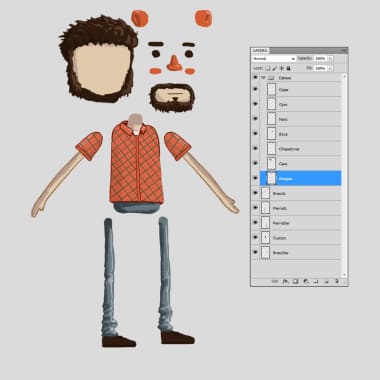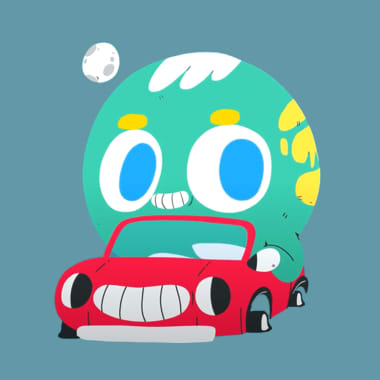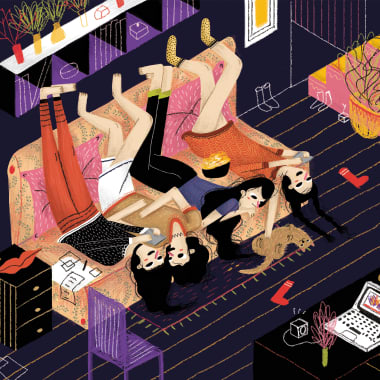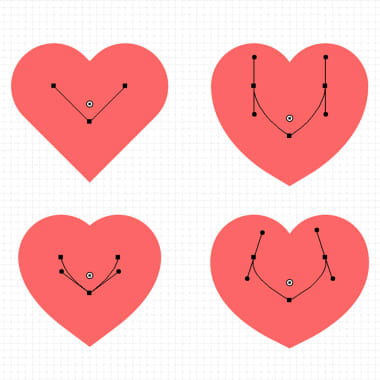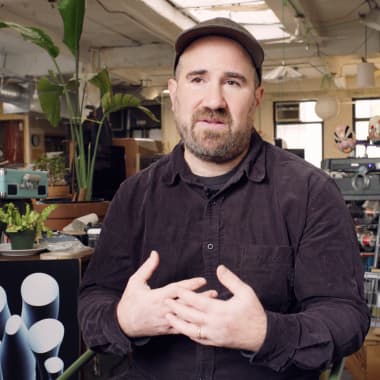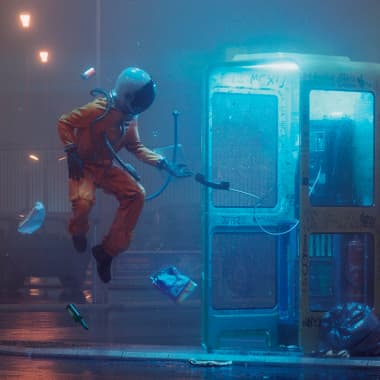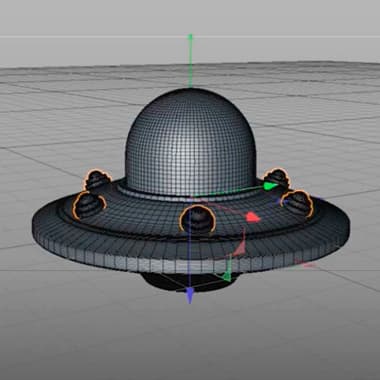
Cinema 4D Tutorial: Modeling From Simple Pieces
Learn step by step to model a spaceship in a simple way with Aarón Martínez Cinema 4D is one of the most popular 3D modeling softwares on the market, thanks to the variety of options it offers and the freedom of creation that its tools allow. It is a program, however, that can intimidate beginners, due to its interface and professional appearance. But, once we learn how to handle it, it becomes an extraordinary ally in any type of 3D design. Aarón Martínez (@aaronmartinez), designer and illustrator, shows us in this tutorial how to start modeling with the tools of [url=https: //www.domestika.org/es/courses/software/9-cinema-4d] Cinema 4D, creating a simple spacecraft shape that will help us understand the software much better. Find out more on the video below.





